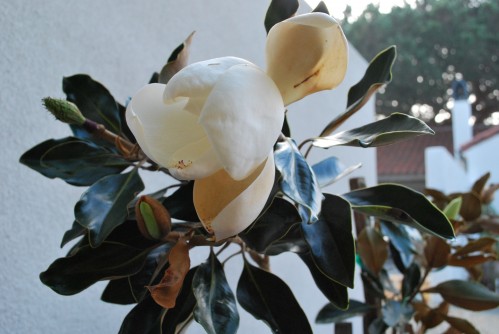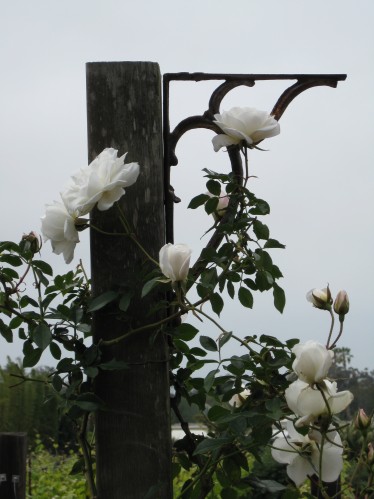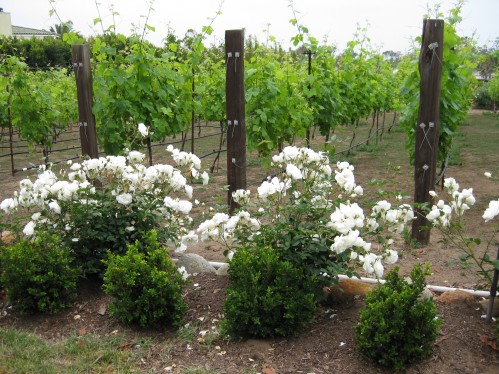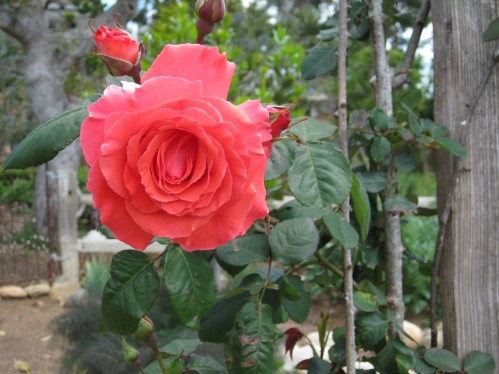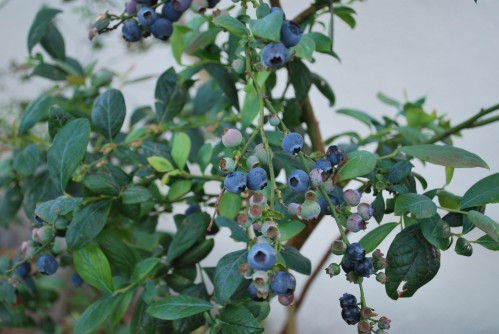 Blueberries are one of the easiest and rewarding fruits to grow in your garden. Blueberry bushes look great in your landscape. Blueberries are so good for you, and tasty. In a previous post, Feed Your Blueberry Bushes Coffee Grinds I write about my blueberry bushes.
Blueberries are one of the easiest and rewarding fruits to grow in your garden. Blueberry bushes look great in your landscape. Blueberries are so good for you, and tasty. In a previous post, Feed Your Blueberry Bushes Coffee Grinds I write about my blueberry bushes.
A recap on blueberry basics. Blueberries like sun, water, and good drainage. They do best with two different varieties planted near each other. Grow blueberries that are best for your climate. Some of the varieties that do well in Southern California are O'Neal, Misty, and Sunshine. They are acid-loving plants that thrive with added cottonseed meal, or like I do, coffee grinds to their soil at regular intervals. It is easier in Southern California to grow blueberry bushes in wine half barrels. Grow varieties with different harvests times for a longer blueberry season. Harvest your blueberries when they turn blue, and are sweet to your taste. Blueberries are so good for you, full of antioxidants. Blueberries can be used in sweets and savories.
I have the biggest thrill harvesting my blueberries from "bush to table." My blueberries are such a treat. I use them in many ways, but one of my favorites is to make weekend Blueberry Buttermilk Pancakes. I found Martha Stewart's recipe years ago, and it is hard to beat, Blueberry Buttermilk Pancakes. Enjoy!
Please share if you grow blueberries. Please share your favorite recipe using your home-grown blueberries.
VintageGardenGal Tidbit Thyme...
Attention Chicken Lovers! Spruce up your chicken coop for VintageGardenGal's Annual Chicken Coop Photo Contest. Send in your photos this coming May!
Encinitas Garden Festival is Saturday, April 30, 2011. For more detailed information and tickets, please visit Encinitas Garden Festival.

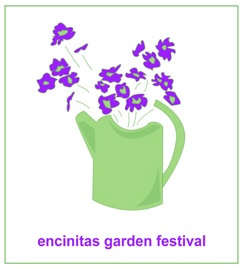
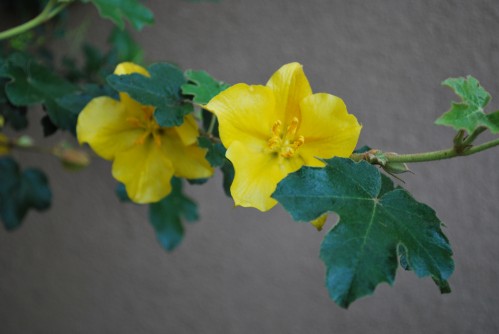
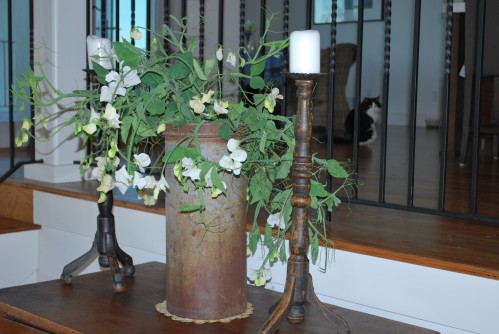
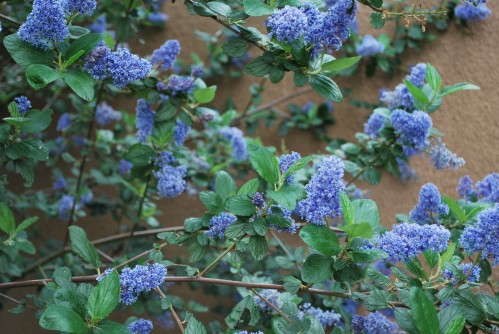 What is blooming in my garden now. My Ceanothus, or California's wild lilac. Sometimes it is hard to find pretty shades of blue colors for your garden. Usually blooming in late winter or early spring, the Ceanothus heralds "spring is coming." This drought tolerant California native is delightful. I always look forward to its profuse blue blooms in my garden each year.
What is blooming in my garden now. My Ceanothus, or California's wild lilac. Sometimes it is hard to find pretty shades of blue colors for your garden. Usually blooming in late winter or early spring, the Ceanothus heralds "spring is coming." This drought tolerant California native is delightful. I always look forward to its profuse blue blooms in my garden each year.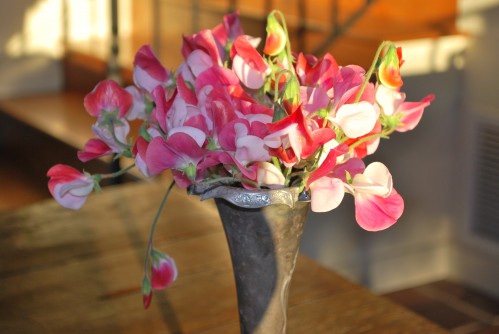 Yesterday, I cut and gathered this wonderful bouquet of sweet peas out of my garden. The first beautiful bouquet of sweet peas for this year. If you plant sweet peas each year, chances are you are going to have early sweet peas, even in February. It has been a few years since I had my hands on the original seed packet, but I think these are the
Yesterday, I cut and gathered this wonderful bouquet of sweet peas out of my garden. The first beautiful bouquet of sweet peas for this year. If you plant sweet peas each year, chances are you are going to have early sweet peas, even in February. It has been a few years since I had my hands on the original seed packet, but I think these are the 